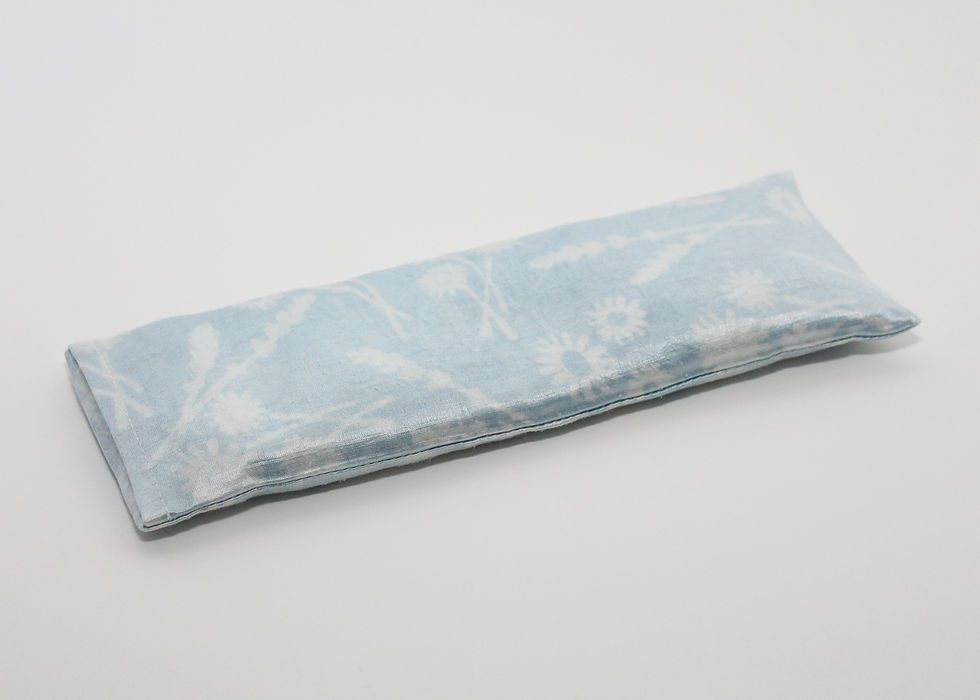Plant-Led Making: Starting my Botanical Dye Capstone
- Rheanna Gilbert
- Oct 20, 2020
- 3 min read
Capstone Studio Research & Production
Nearly halfway through the first semester of my capstone project, time seems to be flying by and the project is well underway. After at least six months of conceptual preparation and struggling to accurately articulate my ideas to others, I’ve finally arrived at a concept that’s very close to my heart, with the words to communicate it. I created a mind-map on a whim last week in a moment of clarity and everything just clicked. At its core, my capstone uses botanical dyes to explore the interactions between humans and plants in relation to human health, environmental health, cultural history, and traditions. I will create yoga and meditation props using natural fibres and dyes to embody and communicate these ideas.
My mid-term goals are to have preliminary product designs sewn in muslin, surface designs in the works including some more polished motifs, and a few small blocks carved with these motifs for sampling and development purposes. At the moment, the objects that I plan to create for this collection are a meditation cushion, yoga bag, eye pillow, and a mat carrying/ stretching strap.
I had hoped to finish a number of block-printed samples employing a variety of resist, direct, and mordant printing techniques, but I know that these will take far more time than I have left before the mid-term critique. Nevertheless, I’m super excited to work on these samples after mid-term and begin to develop and adapt the techniques to be used on the final pieces.
I’ve been sampling a variety of natural dyes on plain white cotton, including natural indigo. I’ve just received a large order of lovely hemp/ organic cotton blend yardage that I plan to use for my final project and I’m eager to begin sampling with that next. These samples have been integral in keeping me engaged and excited about making and dyeing. At the beginning of the semester, I made an organic indigo vat using rotten bananas. Working with, tending, and getting to know my indigo vat (her name is India and yes, I’ve personified the vat) has been a real pleasure and I’m excited to continue learning and experimenting with Indigo.

Proudly brandishing my indigo-stained fingertips alongside dye samples of (left to right) avocado pits, weld over-dyed with indigo, and indigo.

Dyeing cotton sample with the organic indigo vat.
This delightful little fabric sketch (pictured below) was made in capstone execution class from scraps of indigo-dyed cotton. Sewn into the shape of an indigofera tinctoria branch clipping, it embodies a key concept of my work: celebrating the dye-plants themselves. When I begin to create surface designs for this project, it’s important to me that I include representations of dye plants in the imagery. I believe that the literal representation of plants will also help to communicate my concept and ideas more clearly and enable the viewers/users to connect with and appreciate nature through my objects.

“Fabric sketch” cut and sewn from scraps of indigo-dyed cotton.
Moving forward, I want to continue my material research through active engagement with the dye plants and their colours. I know that these plants have so much to teach me and I’m eager to let them inform the direction of my work. I’m continually trying to balance control and technical precision with letting the plants do their thing and work their beautiful magic. This balance is where I hope to find a true sense of collaboration with nature; the real essence of my work and my own personal mission.




Comments